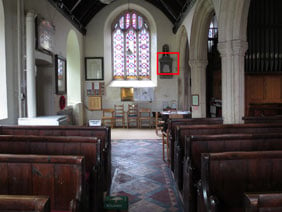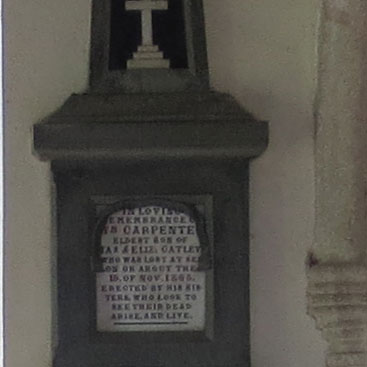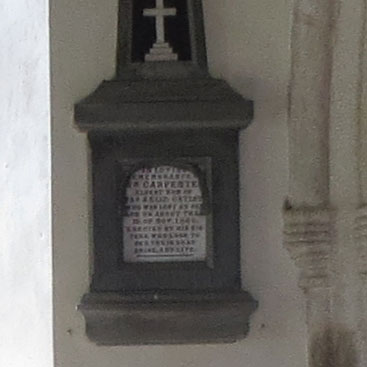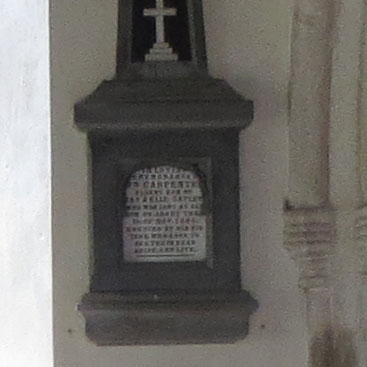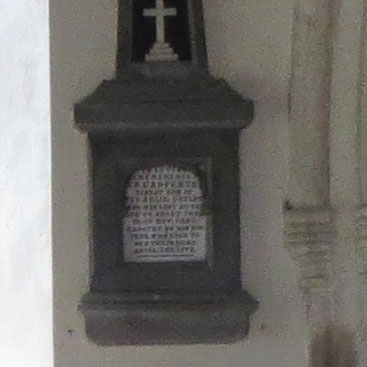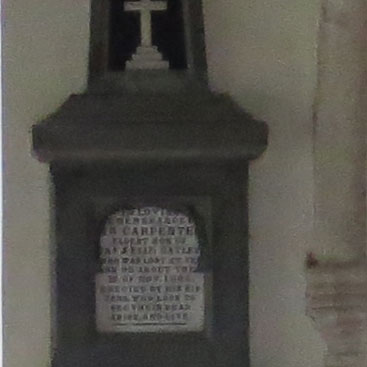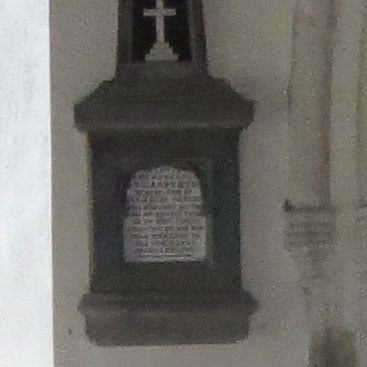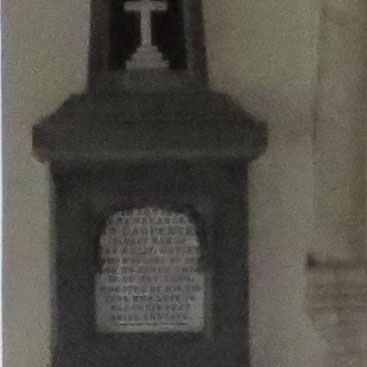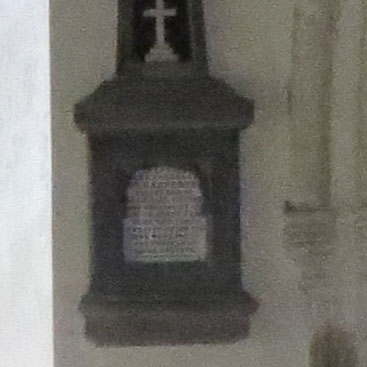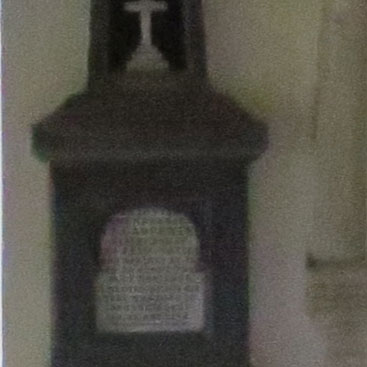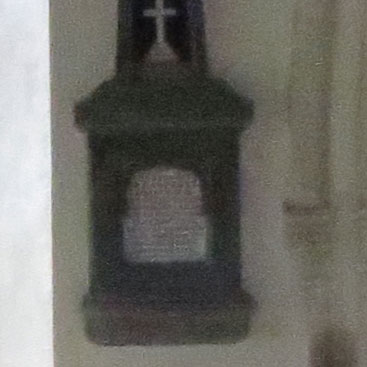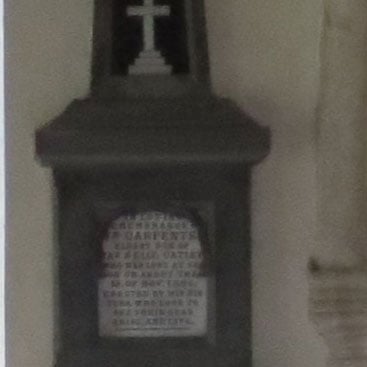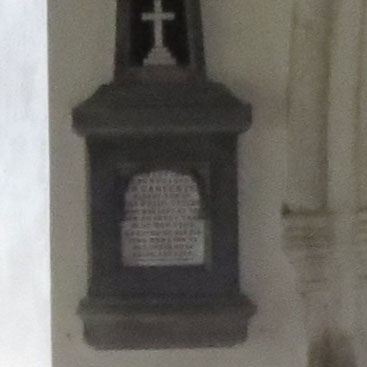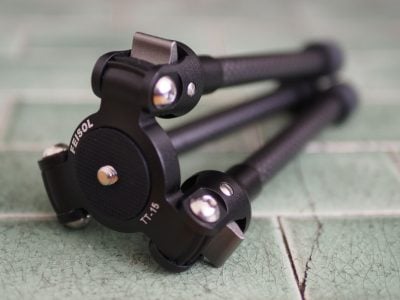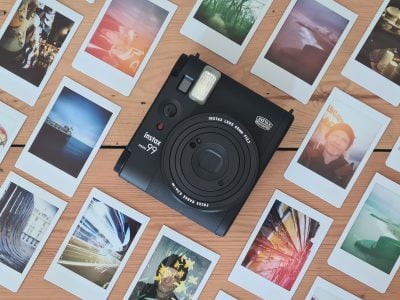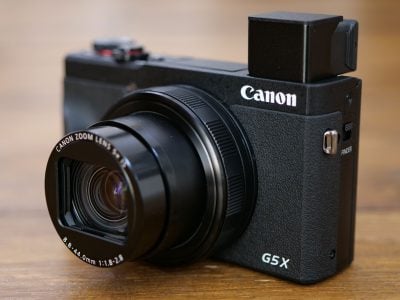Canon ELPH 110 HS / IXUS 125 HS review
-
-
Written by Ken McMahon
Quality
Canon ELPH 110 HS / IXUS 125 HS vs Canon ELPH 520 HS / IXUS 500 HS image quality
|
Canon ELPH 110 HS / IXUS 125 HS |
Canon ELPH 520 HS / IXUS 500 HS | |
 | 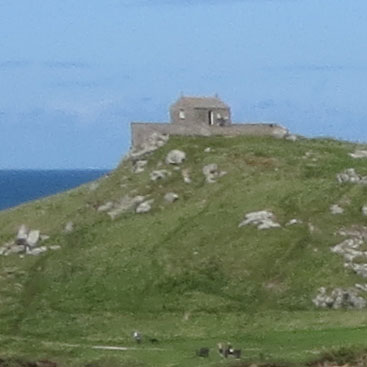 | |
f10, 100 ISO |
f3.4, 100 ISO | |
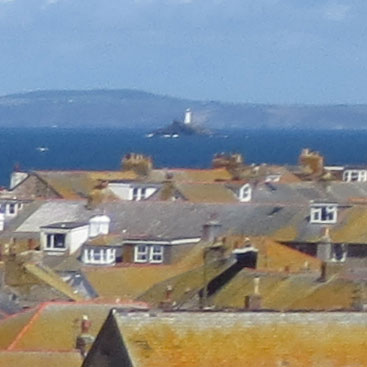 |  | |
f10, 100 ISO |
f3.4, 100 ISO | |
 |  | |
f10, 100 ISO |
f3.4, 100 ISO | |
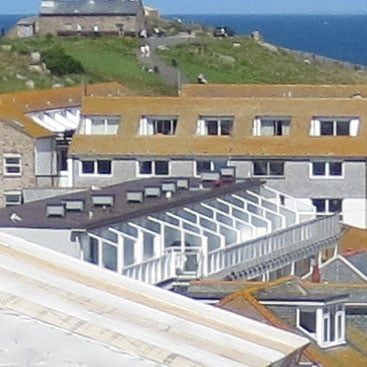 |  | |
f10, 100 ISO |
f3.4, 100 ISO |
Canon ELPH 110 HS / IXUS 125 HS vs Canon ELPH 520 HS / IXUS 500 HS Noise
The above shot was taken with the Canon ELPH 110 HS / IXUS 125 HS. The lens was zoomed in slightly to produce an equivalent vertical field of view to the ELPH 520 HS / IXUS 500 HS. Image stabilisation was disabled and i-Contrast was left in the default Off poisition. In Program Auto mode the ELPH 110 HS / IXUS 125 HS chose an exposure of 0.4s at f3.5 and 100 ISO. Looking at the crops, the ELPH 110 HS / IXUS 125 HS’s 16 Megapixel sensor does an excellent job at the lower ISO sensitivities. As with the outdoor resolution test there is noise visible at the base 100 ISO setting, but it’s unobtrusive and doesn’t get in the way of the fine detail. At 200 ISO there’s a slight, but definite increase in the noise levels, but I’d be happy using either of these settings to produce big prints – you can just about squeeze a good quality A2 print from a 16 Megapixel image. The jump to 400 ISO produces another marginal increase in noise levels but the overall level of detail is still good and the edges are holding up, though looking a bit granular. 800 ISO is a bit of a watershed, with some softness now creeping in as well as increased noise and smearing of some of the text on the plaque, but overall image quality and details are still holding up well. 1600 and 3200 ISO look poor at 100 percent with all but larger detail obscured by noise and processing. While these sensitivity settings dont look pretty at 100 percent, they’re certainly worth it for must have shots and don’t look nearly as bad at smaller screen display sizes. As I noted in the outdoor resolution test, the ELPH 520 HS / IXUS 500 HS uses the central 12 Megapixel portion of a 16.8 Megapixel sensor that may well be the same one used in the ELPH 110 HS / IXUS 125 HS. It’s therefore no surprise that its crops, although showing smaller detail than the ELPH 110 HS / IXUS 125 HS, look remarkably similar in terms of noise quality. The full-size sensor in the ELPH 110 HS / IXUS 125 HS does have its advantages. As well as being able to produce larger prints the larger detail is less prone to noise damage. Compare the text in the 400 and 800 ISO crops and you’ll see what I mean. Finally, don’t forget that both these models have a composite Handheld NightScene modes which takes three shots in quick succession and stacks them to produce a low-noise composite image. You can’t set the ISO manually, but both cameras chose 1600 ISO for this interior scene and produced results markedly better than the single-frame 1600 ISO crop. Now head over to my ELPH 110 HS / IXUS 125 HS sample images to see some more real-life shots in a variety of conditions.
|
